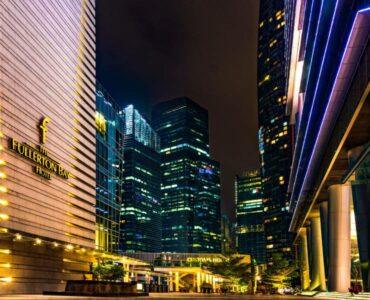
Hotels and Motels
Hotels and motels offer guests a comfort and relaxation experience during their stay. Evidence is mounting that energy efficiency measures enhance guest comfort and wellness through improved temperature control, lighting quality, and air quality. No-cost and low-cost operations and maintenance

Warehouses
Warehouses vary in their operational and physical characteristics. Size, presence of heating and cooling systems, ceiling height, occupancy periods and staff levels, and presence of refrigeration are all factors that impact the energy-use-intensity of the building. Opportunities for improving efficiency

Retail Stores
Retail stores are where we buy our clothes, devices, art, and other goods and services. Retail stores are known for their spotlighting to attract a shopper’s eye and attention. As a result, lighting makes up 35% of the energy consumption

Seniors Care Facilities
Seniors care facilities take care of our elderly populations. The vulnerability of our seniors’ health, and the importance of building air filtration and air quality, is perhaps most exemplified by the Covid-19 pandemic. Evidence on the non-energy benefits of energy

Car Dealerships
The average car dealership consumes approximately 20% more energy per square foot than an office. That is, it has a higher energy-use-intensity (EUI). This isn’t surprising considering the power needs from on-site vehicle service equipment, showroom lighting, and the possible

Multifamily Residential
Multifamily buildings are the condominiums and apartments where we live and play. And, with the ongoing Covid-19 pandemic and the work-from-home movement, where we work too. The energy and water demand from occupant living and working (cooking, laundry, screen time)

Ontario Regulation 506/18: Reporting of Energy Con...
Under Ontario Regulation 506/18, privately-owned buildings in Ontario over 50,000 square feet need to report energy and water use every year to the Government of Ontario.
